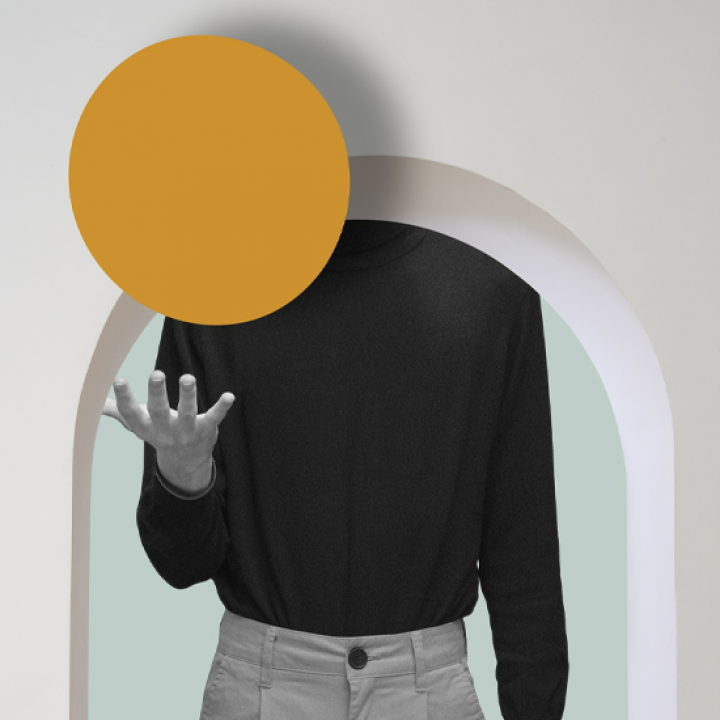
Behind the Scenes: The Journey of a Fashion Item from Concept to Consumer
In the world of fashion, every item on the shelves of your favorite e-commerce site has a story—a journey from concept to consumer. While shoppers often see the final product, few realize the intricate process involved in creating and delivering a fashion piece. From design sketches to the digital storefront, here’s a behind-the-scenes look at how fashion items come to life.
1. Inspiration and Conceptualization
The journey begins with inspiration. Designers draw ideas from a variety of sources, including art, culture, nature, and street style. Seasonal trends, runway shows, and consumer feedback also play a key role in shaping the direction of a collection. This phase is all about creativity—translating abstract ideas into potential designs. Designers create mood boards, sketch initial concepts, and experiment with color palettes, fabrics, and silhouettes.
Once a general direction is decided, the designer begins sketching. These sketches serve as the foundation for what the final product will look like. Digital tools, such as computer-aided design (CAD) software, help designers refine and visualize their ideas in greater detail. At this stage, collaboration with brand managers or creative directors may happen to ensure the collection aligns with the brand’s ethos and target market.
2. Fabric Sourcing and Sampling
After the design is finalized, the next step is fabric sourcing. Designers work closely with textile suppliers to find the perfect materials that match their vision. This stage is crucial, as the fabric choice can make or break the design’s functionality, comfort, and appeal. Factors like texture, sustainability, durability, and cost come into play.
Once the fabric is sourced, sample garments are created. These prototypes are essential for testing the fit, style, and overall look of the design. The sample-making process often involves multiple iterations, with adjustments made to ensure the design meets expectations. At this point, the garment is fine-tuned for both aesthetic appeal and practicality.
3. Production
With the samples approved, the next phase is production. Fashion houses and brands work with manufacturers, often located in different parts of the world, to produce the garments in bulk. The manufacturing process includes pattern making, cutting, sewing, and assembling the garments according to precise specifications.
Quality control is a crucial part of the production stage. Brands employ rigorous checks to ensure each item meets their standards in terms of stitching, fit, and overall construction. This ensures that the garments not only look great but are also durable and comfortable for the consumer.
4. Marketing and Distribution
Once the items are manufactured, the focus shifts to marketing and distribution. Fashion brands often create lookbooks, campaigns, and social media teasers to build excitement around their new collections. Influencers and fashion bloggers may receive early pieces to create buzz and generate interest.
For e-commerce platforms, this phase is critical. Product descriptions, professional photography, and user-friendly website interfaces all play a part in making the online shopping experience seamless for customers. The items are added to the virtual storefront with detailed information about sizing, fabric care, and styling tips.
5. Delivery to Consumers
After marketing, it’s time for the consumer to take center stage. Once a customer places an order online, logistics teams ensure the item is packed and shipped promptly. E-commerce platforms work closely with shipping partners to ensure a smooth and timely delivery process. From order confirmation to tracking updates, technology plays a vital role in ensuring a seamless buying experience.
Once the item reaches the consumer, their journey with the product begins. Whether it’s a statement piece for a special occasion or an everyday essential, the garment finally achieves its purpose when worn and enjoyed.
Conclusion
The journey of a fashion item from concept to consumer is a multi-step process that involves creativity, craftsmanship, and collaboration. Every piece of clothing is the result of meticulous planning, careful production, and efficient logistics. Next time you browse your favorite e-commerce site, take a moment to appreciate the complex, fascinating journey that brought those stylish items from a designer’s sketchpad to your wardrobe.



